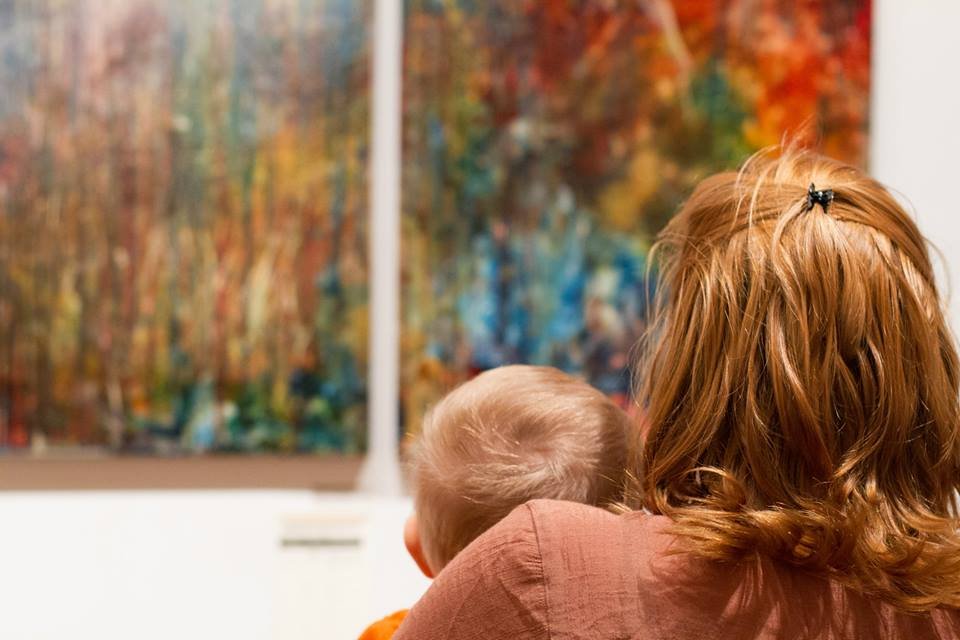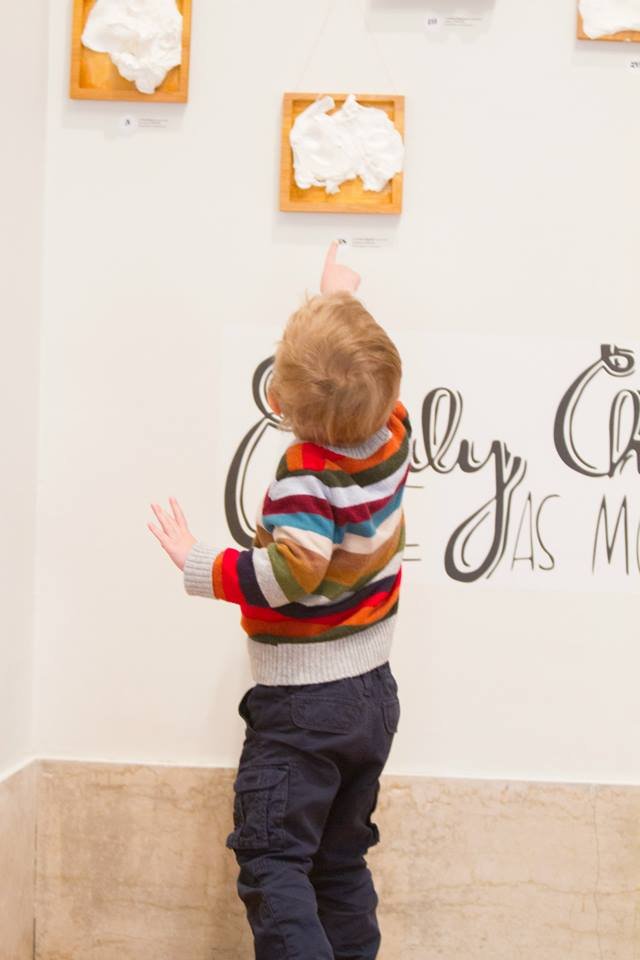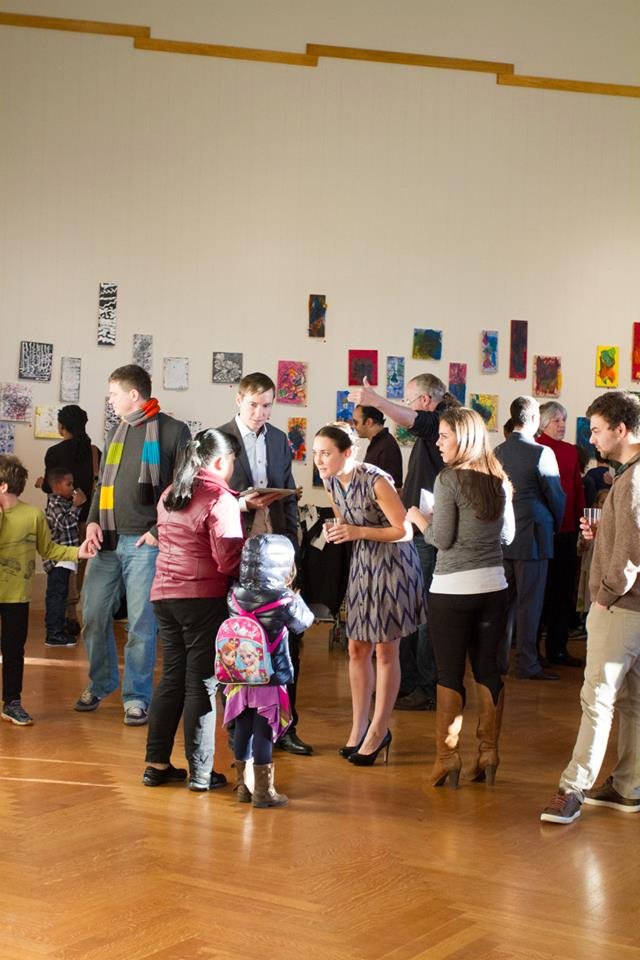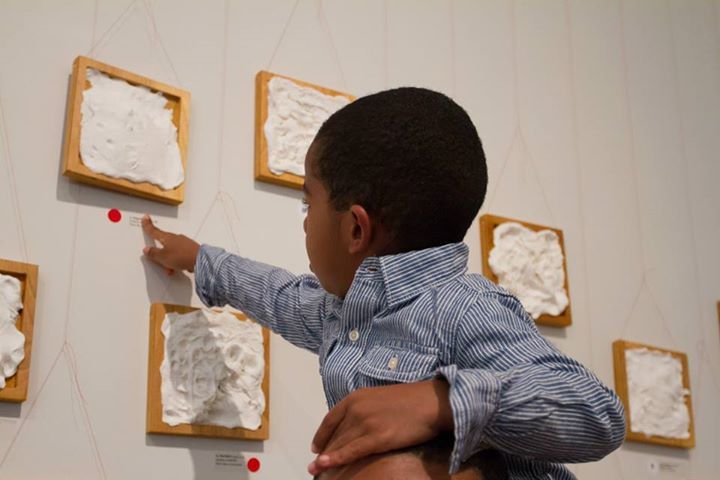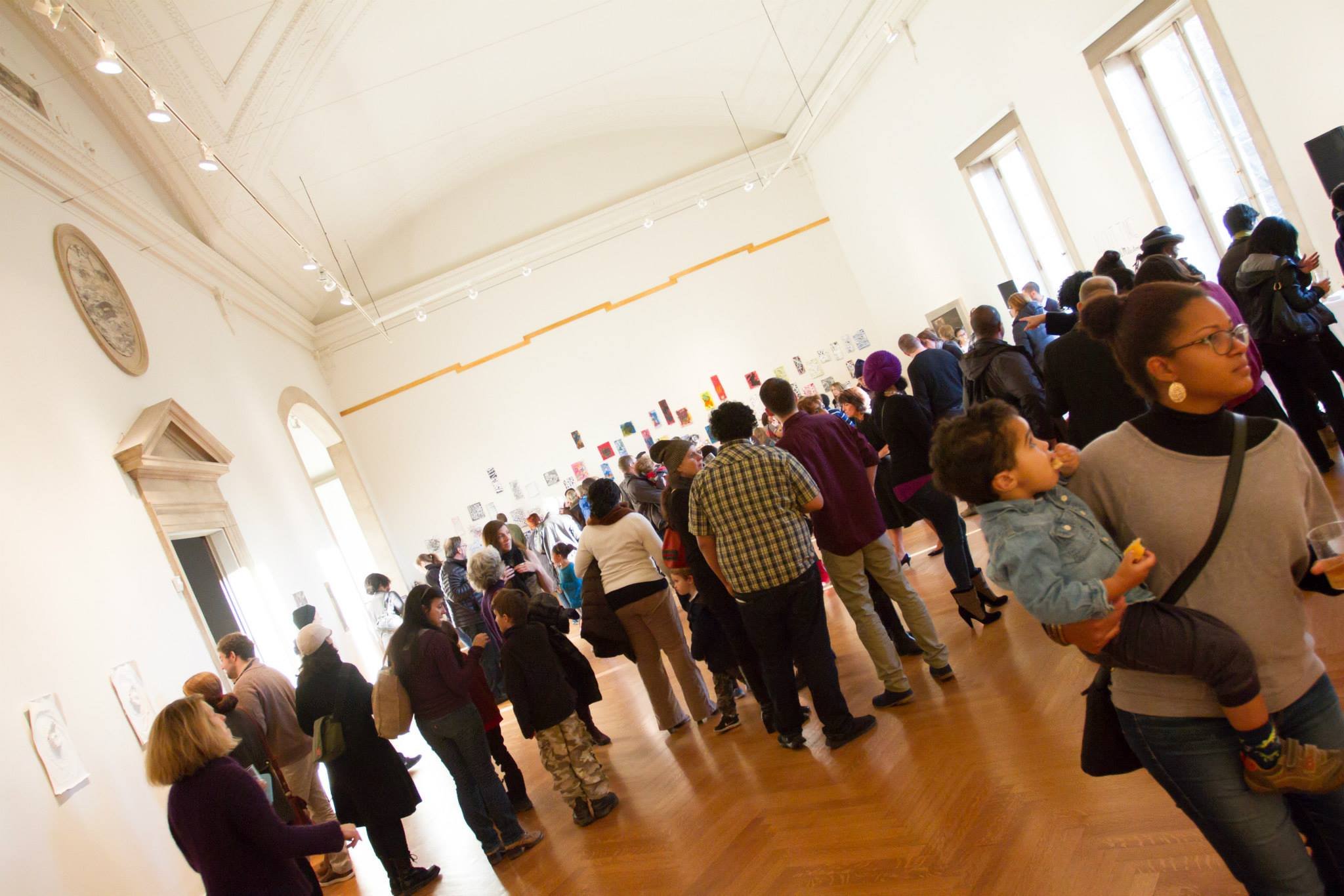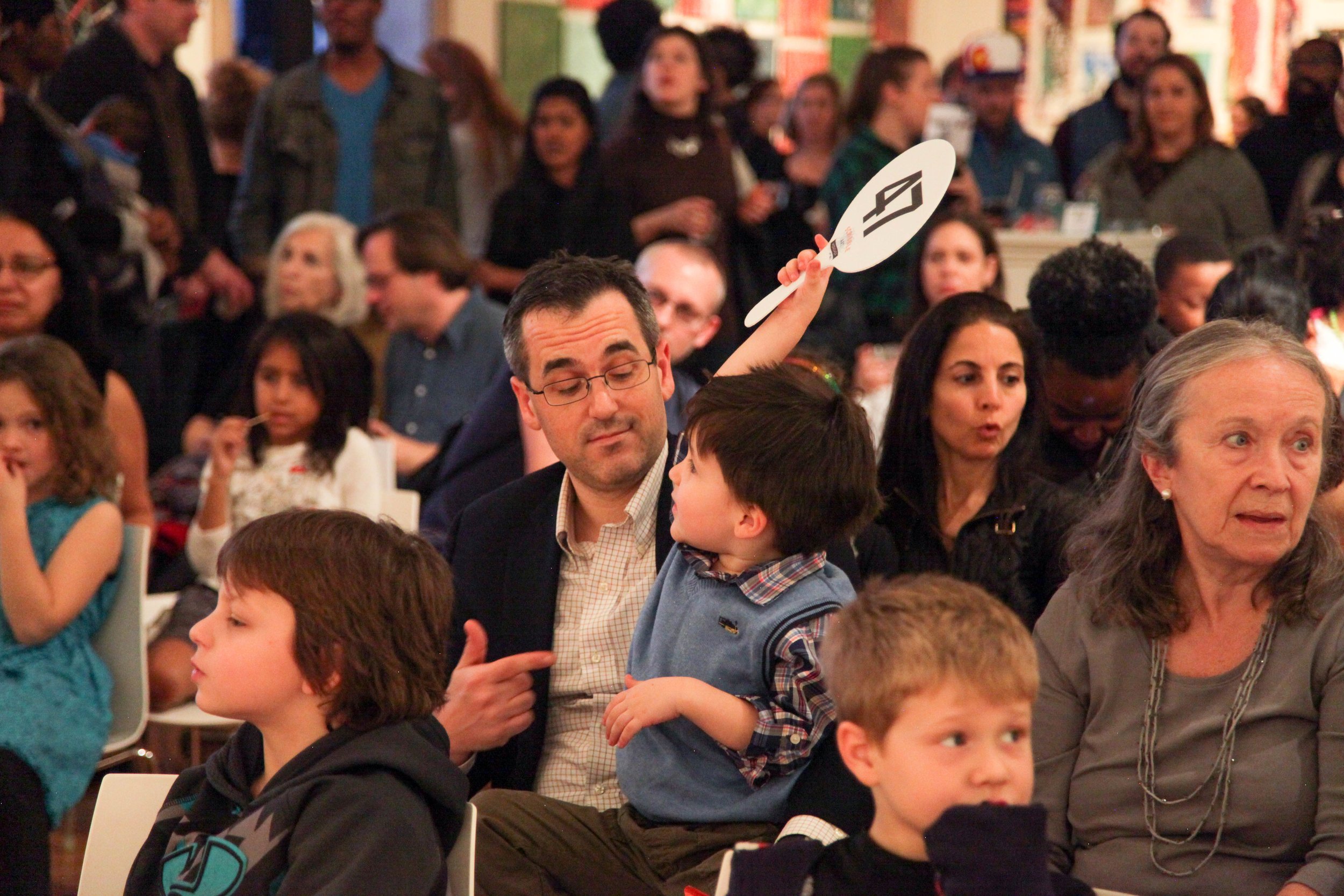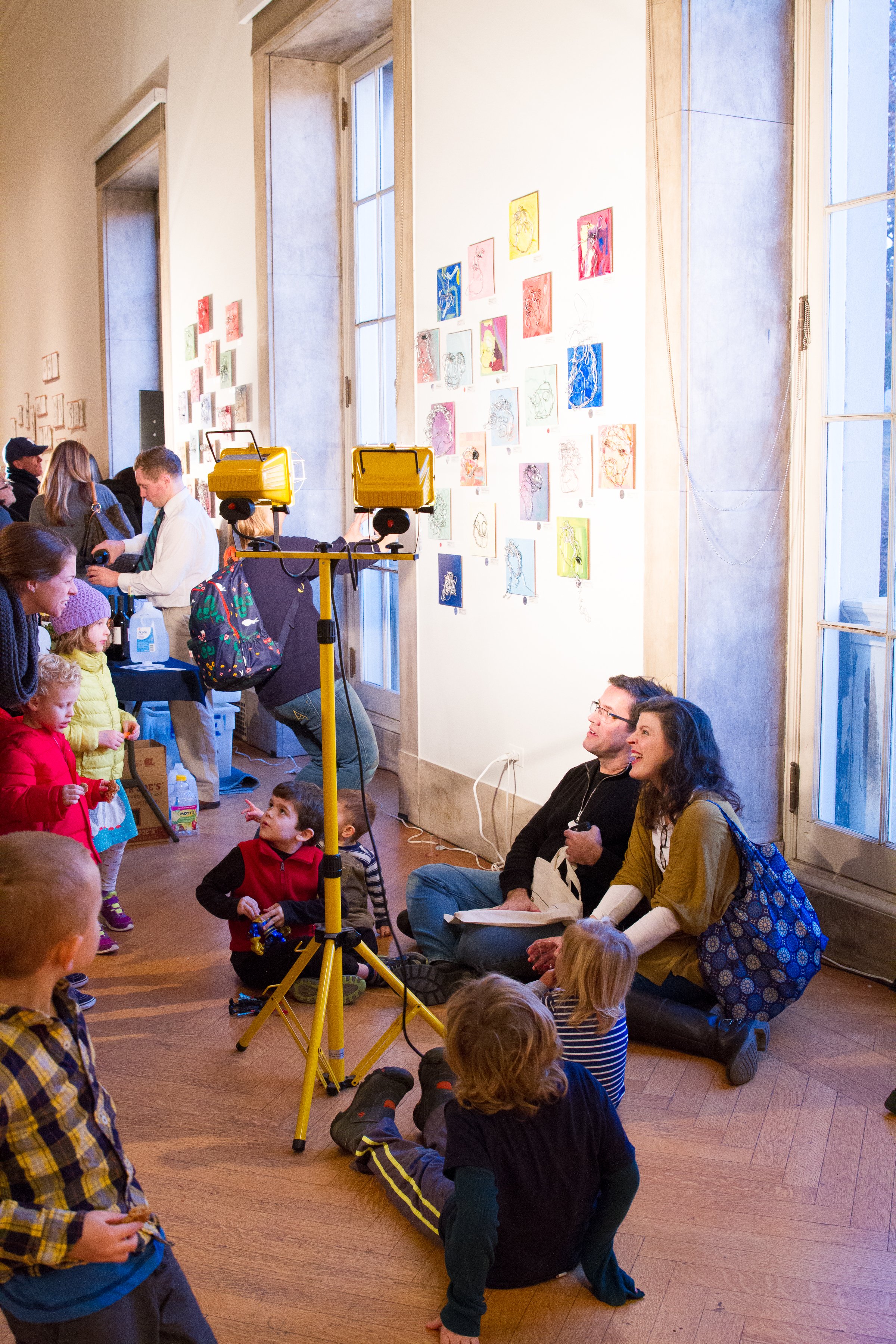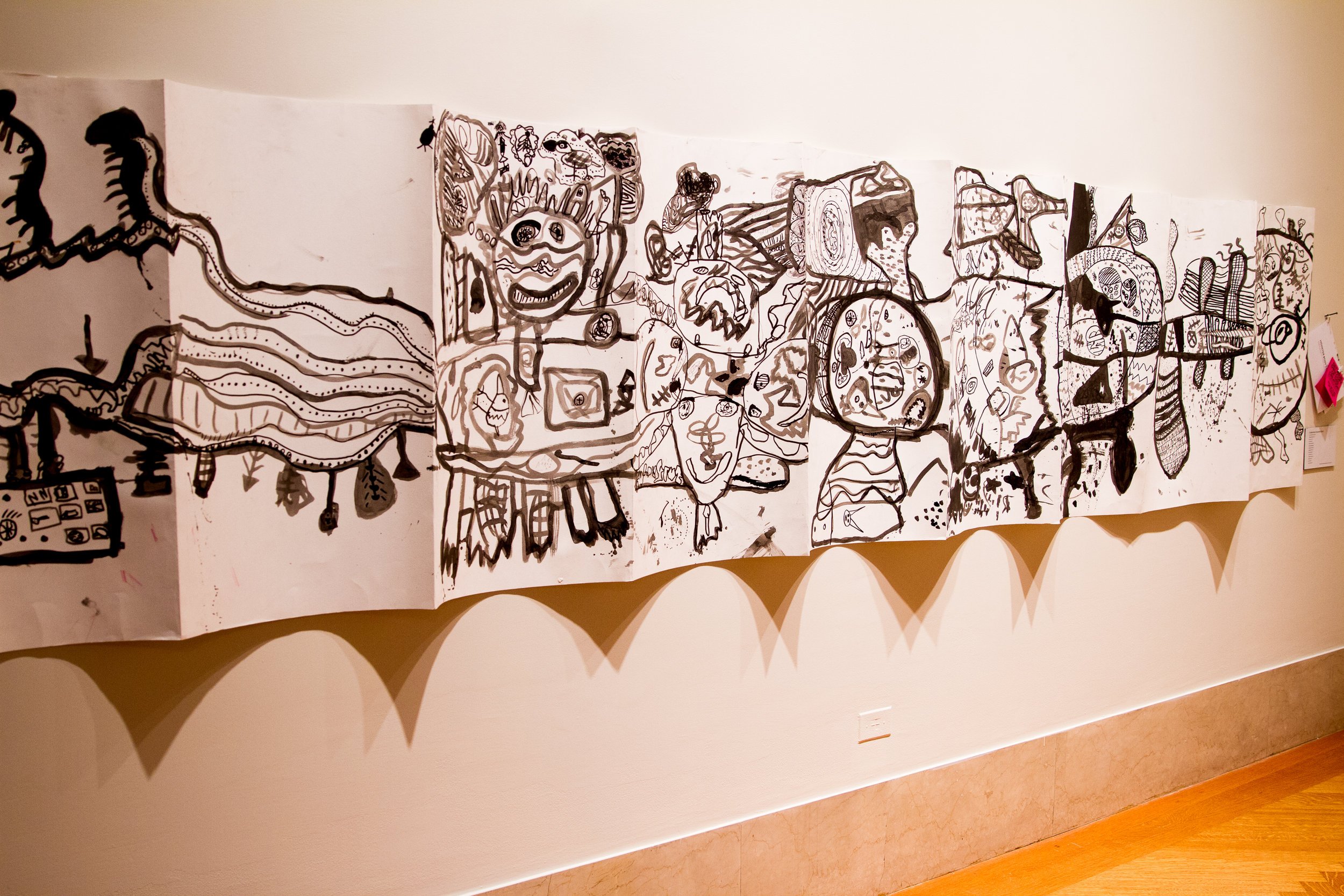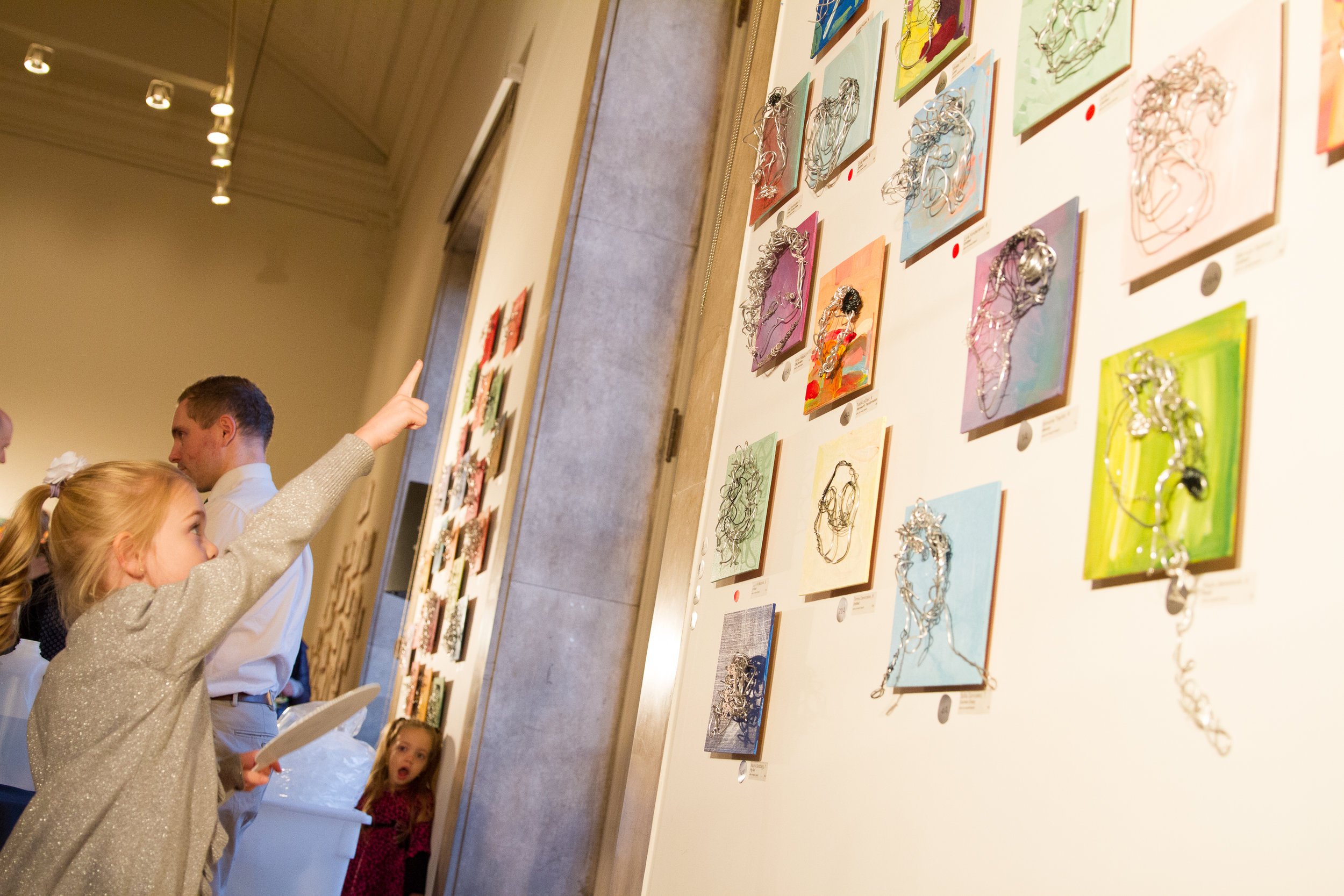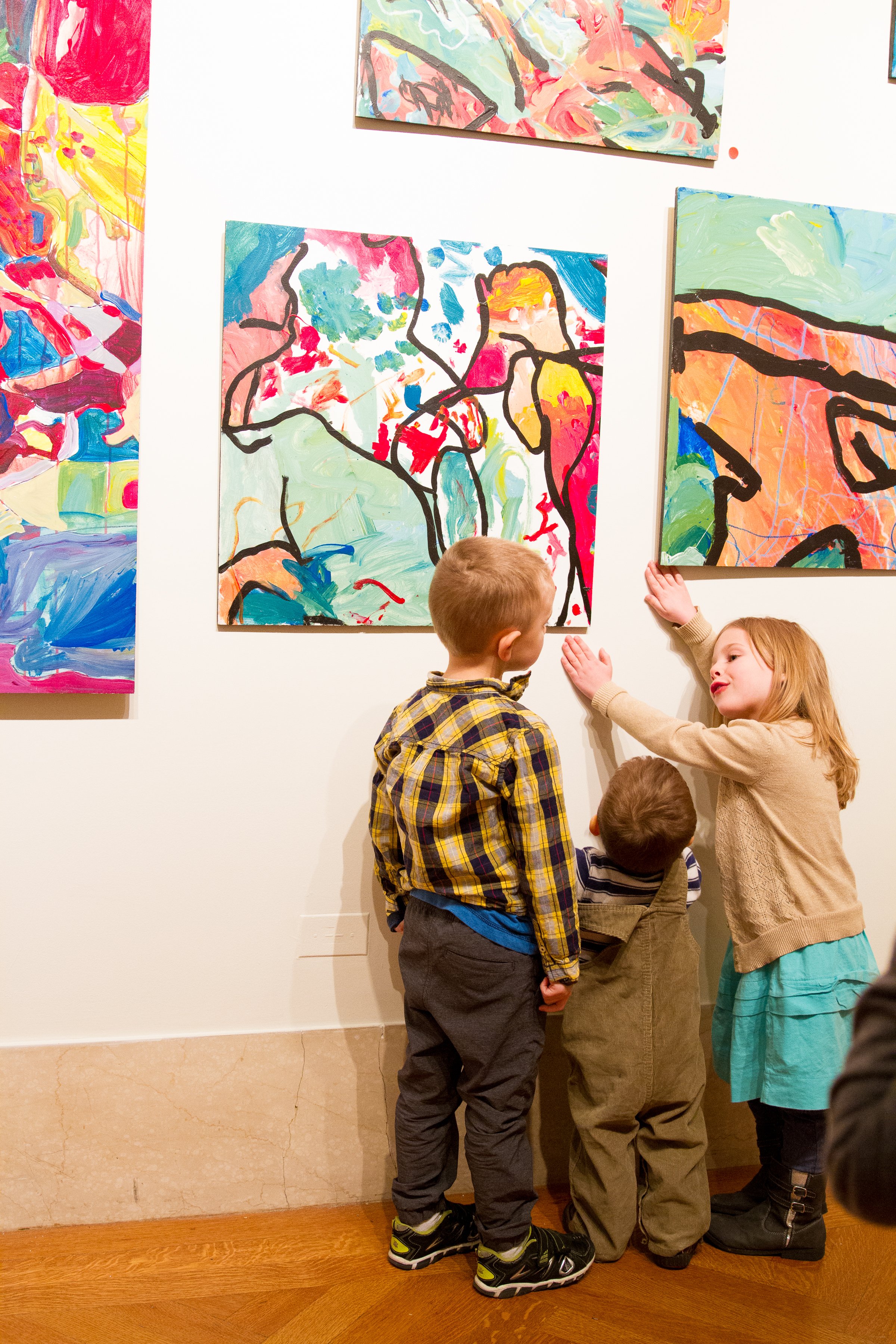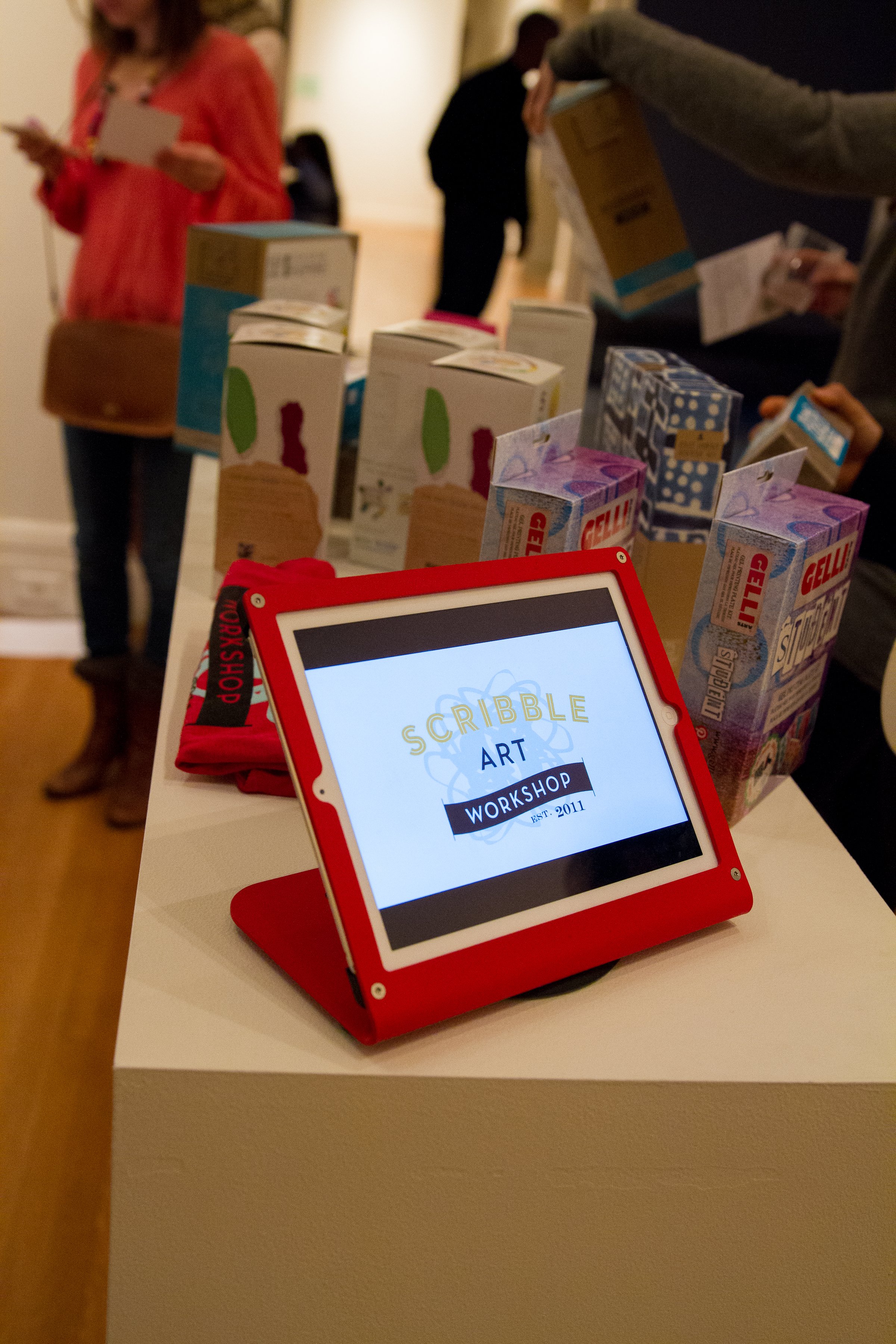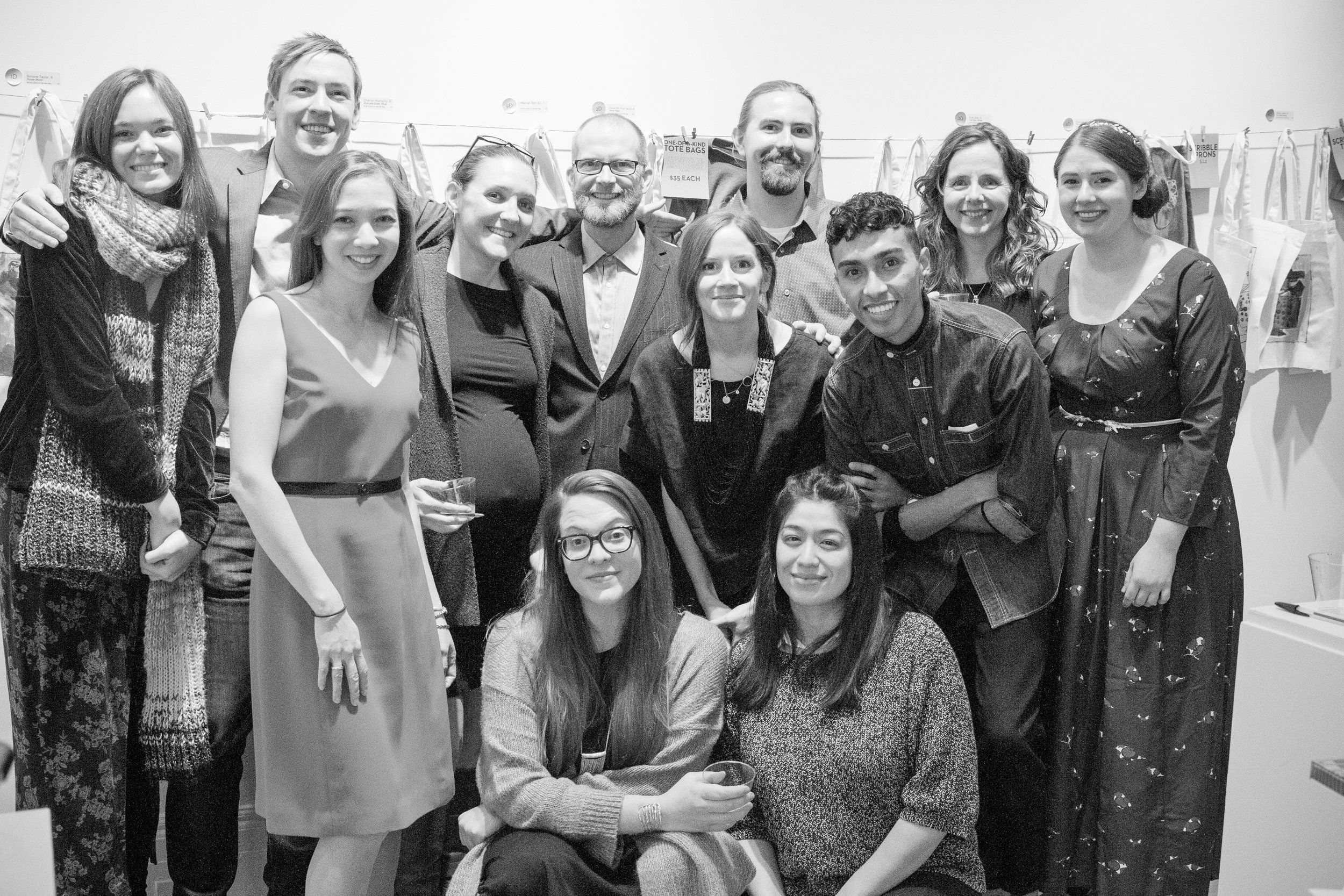The Scribble Exhibit: How did we get here?
And by here, I mean standing in the North gallery at the American Academy of Arts and Letters lit by a glass ceiling surrounded by over 100 professionally framed pieces of artwork created by artists between the ages of 18 months and 50 years old. By here, I mean in an almost hundred-year-old building in Manhattan once frequented by members including Kurt Vonnegut, Mark Twain, and F. Scott Fitzgerald with 8-10 year olds working the floor as art dealers as elementary school musicians play in the background. By here, I mean raising thousands of dollars so that we can offer a stellar art educational experience to those who may not have had access to it otherwise.
So now that we’re here, let’s talk about why we’re here. Why exhibit kids’ work in this way? Why sell it?
We can make them capitalists in the best way—to understand that their artwork is just as valuable as the latest commodity they’ve been begging their parents to buy.
Everyone understands that if something costs something, it matters, it has value. For our students, they see also that they should put time into it— it isn’t something they should do casually or quickly. A couple of years into the exhibits, two kids in two different classes told me that they bought somebody else’s piece at last year’s show and then sold it to somebody else at a higher price. They acted as art dealers independently of anyone telling them to be. I never would have imagined a kid would understand that they could buy it, sell it to somebody else, and make a profit. And it was a first grader. They can get there.
Selling to the public and learning to let something go feeds back into artistic process.
When introducing the exhibition to our students, a conversation about letting go of a piece of artwork is essential to their conceptualizing its lifespan. Students and their parents are asked not to purchase their own child’s artwork because the goal of an artist is to make their work and then have it out in the world. Last year, one of our artists had his piece purchased by someone who lived in England, and now his artwork is in Europe. Our students are asked to consider how many people would see the piece in their house versus somewhere else, about the mystery and the adventure of their artwork traveling somewhere without them. Participating in this thought exercise encourages our students to think outside of themselves, their worlds and within a larger context.
The danger in becoming too precious about your work is that it prevents risk- taking.
Attachment, at any stage, breeds worry. What if the next mark is the one that ruins what I want? Artists have to let go at all stages, and exhibiting and selling are the ultimate version of that, to hand the piece over to a viewer with their own perspective on what you’ve created, and to let the artwork stand on its own.
Exhibitions are important for the public, too.
As much as we are teaching our students about the role of the viewer and consumer of art, we are teaching the viewer and consumer about the value of young artists. At a good exhibit, you will hear a lot of “I can’t believe a kid made that!” which is, yes, on some level, great that the public is so impressed. But what we are aiming toward at Scribble is to demonstrate that we are not amazed, because good “for a kid” is not good enough for us at Scribble. We hope the public walks away thinking that at Scribble, the expectations are so high that the bar is raised for all artists, regardless of age. Kids are capable of making amazing art, and we want to spread that confidence in their capabilities. Our ultimate goal is simply to have an art show, one that moves the conversation from disbelief to discussion and engagement with the art itself. That’s where we want to get to, that’s the culture we are trying to create. The art should draw attention to itself, not simply because kids made it. That’s the conversation we aspire to, when art is in someone’s home and a stranger walks in and says “Wow, that’s a great piece of art— who made it? Where did you get it?” And that someone smiles to him/herself thinking “A 2-year-old made it in a small studio in Upper Manhattan and it’s glorious.”
To see what a Scribble exhibit is all about, attend our next opening! Saturday, December 2nd at the American Academy of Arts and Letters. RSVP here.

